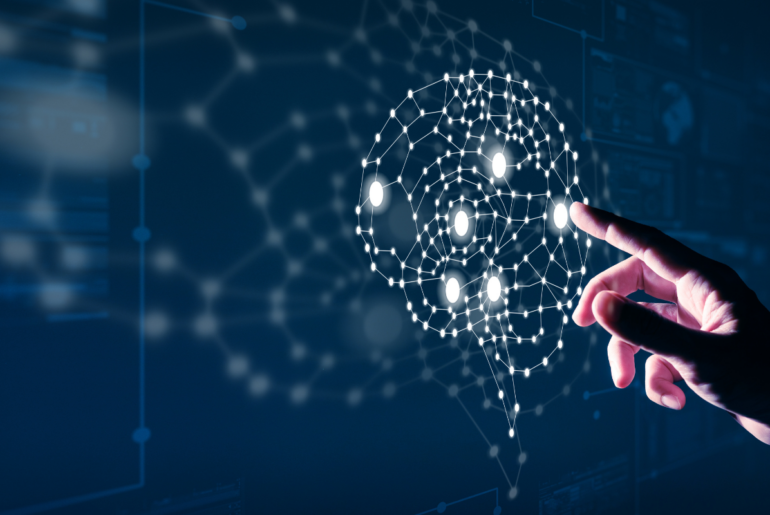The idea of a New India has inspired a great deal of confidence and optimism among all Indians in recent years. Our ability to take a confident, independent stance on multiple issues in the global and regional political theatre, register exceptional sporting achievements (including in the Olympics), and complete a successful global-first landing on the south pole of the moon are just a few of the reasons for us to believe that a New India is finally emerging.
India’s economic transformation that is currently underway, driven in significant measure by its rapid digitalization, is another shining example of a New India that is evolving.
The current government has actively pushed for a digital economy and digital delivery models before the Covid-19 pandemic forced countries and organizations across the world to go digital. The Digital India mission was launched in 2015 and saw a revolution in the delivery of public services being ushered in by the Indian Government.
It also initiated the India Stack, a unique platform for different constituents of the economy to leverage for growth. This mission led to new business models in critical industries such as agriculture, transportation, healthcare, and education – all of which are undergoing fundamental transformation. This digitalization cut down leakages in the system and enabled formalization of the economy, with rising GST registrations and collections serving as a good benchmark of its success.
The India Stack has been a game changer as individuals and enterprises leverage it for convenience, speed and efficiency, the combination of which will drive greater velocity of business. As India (and the world) moves to digital, this underlying, enabling digital infrastructure is having the same effect as railroads did after the Industrial Revolution.
India Stack has led to an exponential and cascading effect on different sectors of the economy and driven growth opportunities for citizens. Jan Dhan Yojana, Cowin, UPI and ONDC are some of the world leading examples of digital at scale. Financial institutions and organizations in the wider financial ecosystem have probably been the strongest adopters of the India Stack, driving financial inclusion and bringing significant ease in adoption of financial products.
As an example, Pradhan Mantri Jan Dhan Yojana (PMJDY) accounts grew three-fold from 147.2 million in March 2015 to 462.5 million in August 2022, covering a large segment of the unbanked population.
In response to the increased opportunities digitalization provides, we see widespread usage of the India Stack by enterprises especially in the B2C domain. This underlines the immense benefits it provides Indian citizens.
In fact, the government’s push for digital has been so compelling that in the IDC’s recent Digital Business Survey (Aug 2023) in India, 25% of medium to large enterprises said that the government’s push towards digitalization was one of the key factors in their adoption of a digital business model.
IDC defines a digital business as one where value creation is based on the use of digital technologies which includes internal and external processes; how an organization engages with customers, citizens, suppliers, and partners; how it attracts, manages, and retains employees; and what products, services, and experiences it provides.
It is encouraging to note that Indian enterprises do not significantly lag behind global peers in digital adoption. This is in large part thanks to our strong developer community and traditional strength in IT services. IDC’s survey also indicates that CEOs drive the digital strategy in more than a third of Indian companies today.
To advance the digital agenda forward, another 25% of Indian enterprises have instituted new designations such as Chief Digital Officer and Chief Data Officer in the last two years. Enterprises realize that digital business models help drive operational efficiencies, enable enhanced decision making, increase competitive advantage, and most importantly, meet customer expectations.
This digital embrace is not the preserve of enterprises alone though. The Indian consumer has also adopted it enthusiastically. With 850 million Internet subscribers, 1.1 billion mobile subscribers (of whom 630+ million are smartphone users), and 398 million engaged on social media – India already has a connected population. And, this connected population is adopting to digital. Digilocker has more than 137 million users, UPI has 300 million active users, and COWIN has registered 1.1 bn registered persons.
With enterprises and consumers adopting digital actively, it is clear that India’s shift to digital is real, irreversible and widespread. The Honorable Minister of State for IT & Electronics, Shri Rajeev Chandrasekhar recently stated that the digital economy will contribute to 20% of India’s GDP by 2026.
IDC is similarly bullish about India’s digital prospects. Two years back, 34.8% of Indian businesses told IDC that 50% or more of their revenues came from digital business models. Today, that number is 50% and in three years time IDC expects 62% of Indian enterprises will derive more than 50% of their revenues from digital business models. For these reasons, the future of New India is digital, and bright!




